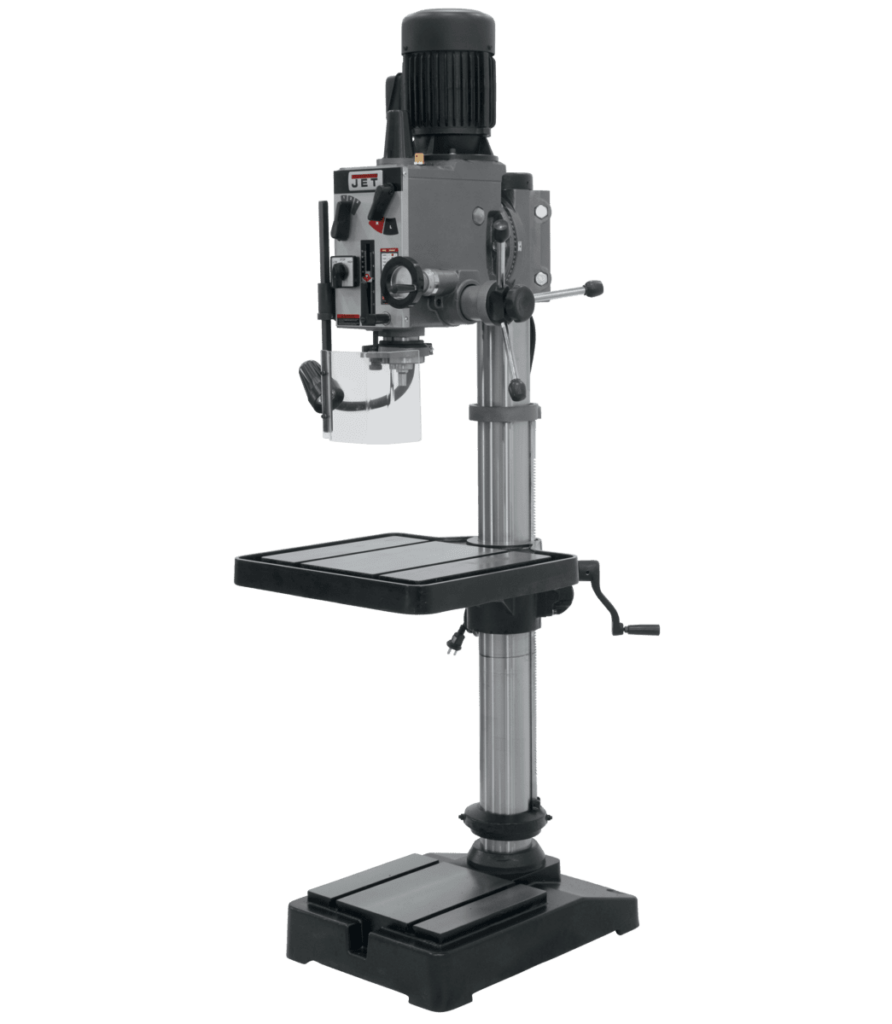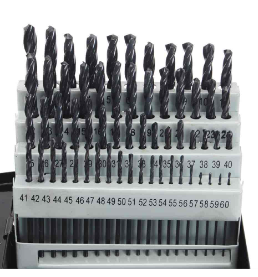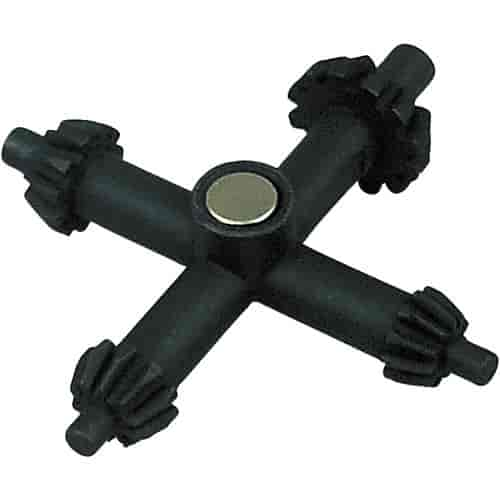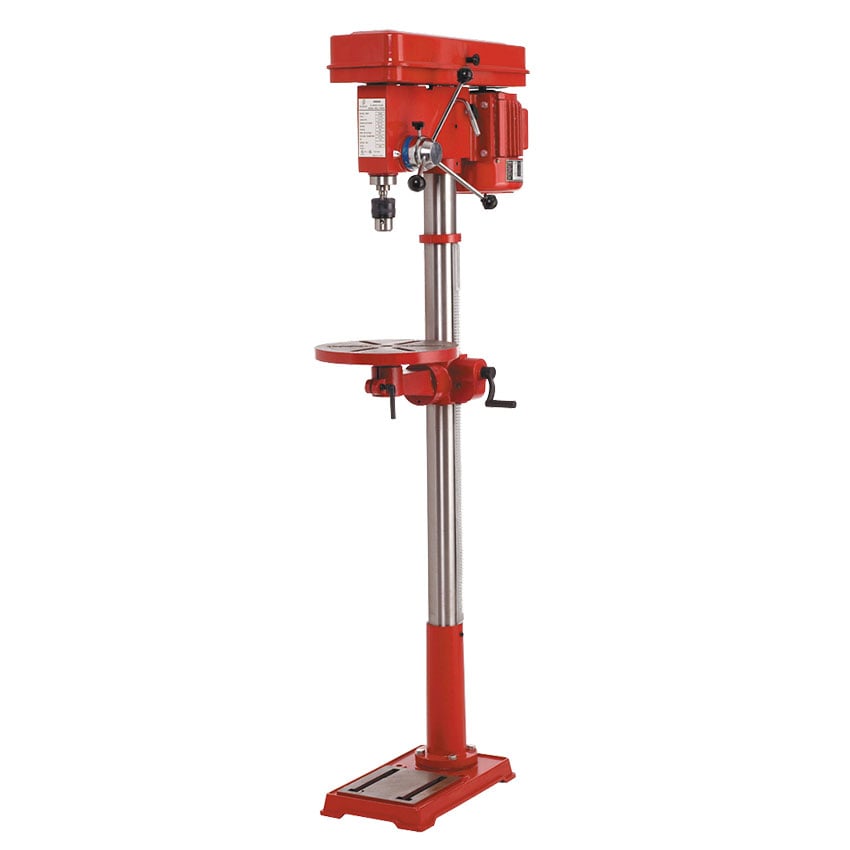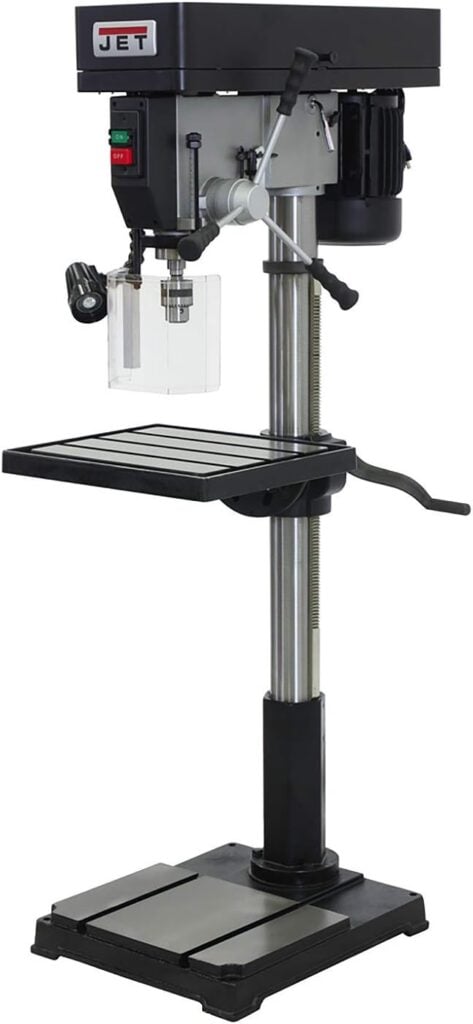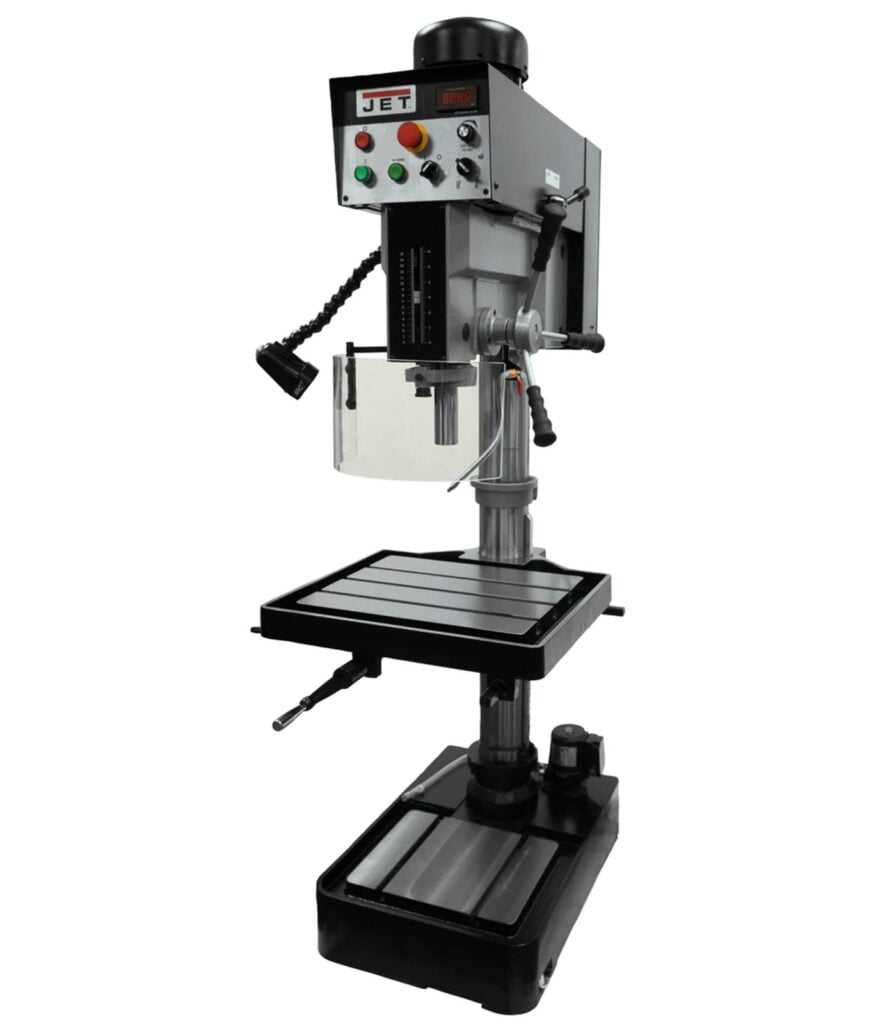
When you’re amid mods or machining, there's nothing better than having the drill press you need to do the job. Hand drills can be great tools, but they might not have enough power to do the job, especially in automotive applications. Moreover, a drill press gives you more stability and options because of the sizes and power options you can choose from. If you want to go wild with it, you can opt for a magnetic drill press or something similar to lay down even more drilling power.
That said, choosing the right press drill can be challenging if you don't know where to look, which is why we’re here to help.
What Should I Look for In a Drill Press?
First and foremost, you must know what to look for in a drill press before starting. A few things to consider about a drill press: make sure the one you are looking for has what you need for your work niche. Learn more about what to look for in a drill press below.
Type and Size
The most important feature is the type of drill press you seek. There are a few types, but the most common options are benchtop drill presses and floor-standing presses. Benchtop presses are common in residential garages and some machine shops because of their small size and flexibility. However, the floor-standing press is the best option for more power and better performance.
Drill Bits and Drill Speed
When shopping for a drill press, you must ensure it can drill the holes you need. It has to have enough horsepower to drill holes, the right drill bit chuck, and the ability to change speeds if you have to work on something more precise.
Tilt and Accuracy
When working on precision projects that require perfect holes, it's essential to consider the accuracy of the drill press. Accurate drills can help you make micro-adjustments that can help you shape metal precisely. As for the tilt, drilling on an incline can improve the holes you bore.
Chuck Type
Last but not least, take some time to examine the chuck type. The most common options are keyed and keyless chucks. Keyed chucks are great for securing your drill, and most presses with keyed chucks have some kind of built-in storage. To tighten or loosen the chuck, you have to use the key, so the drawback is that you don't want to lose it or you’re in trouble.
On the other hand, you can also go with a keyless option that is simple to work with because you can adjust the tightness of the bit or change the bit by hand. The disadvantage is that it's less secure.
You must also ensure the chuck can accommodate your drill bit size and offers a secure attachment.
How Do I Choose a Drill Press Size?
Size matters when you’re shopping for any type of press drill. The drill's size determines the holes it can make, narrowing down the number of projects you can work on. There are a few sizes, and we have some tips to help you choose the correct size.
Consider the Swing and Throat Capacity
The swing and throat capacity of a drill press is double the distance from the center of where the drill bit is held (spindle) to the support column of the press. This measurement shows the maximum metal width you can drill in the center. To provide perspective, a drill with a 4-inch distance from the column to the spindle can swing 8 inches. Consider the size of the metals you'll work with for the appropriate capacity.
Drilling Depth
The depth of your drill is also essential to consider when thinking about the size of a drill press. This is because the depth of the spindle determines how deep you can drill. You'll want to choose a spindle depth that accommodates the holes you like to drill.
Size of the Drill Bit
Plan on using a massive drill bit? You'll need a larger drill press. Want that massive drill bit to drill fast? You'll need a more powerful motor, likely found in a larger drill press. For these reasons, the size of the drill bit and the speed you need to rotate the bit can influence the size of the machine.
The Size of Your Workspace
Consider where you’re placing the drill press. Are you placing it in an automotive garage big enough for a massive press drill? Or are you mounting it on a workbench in a small garage? Make sure you consider the size of your workspace before installing a drill press.
How Powerful of a Drill Press Do I Need?
More power isn't always better when you need a drill press; you don't want too much power for simple work because it can cost you more money and be difficult to control. Therefore, it's essential to take some time to consider the amount of power you need for your specific automotive applications.
The first thing to consider when it comes to drill press power is the type of material that you’re drilling through. You want to ensure you have enough horsepower to drill through heavy metals like stainless steel, which usually require at least one horsepower. On the other hand, lighter metals like aluminum don't need a super powerful drill.
The next factor to consider is the drill bit's size and the hole you want to make. You need more power when using a heavier drill bit, especially if you create massive holes. However, you might not want too much power for more precise work because it can damage your working metal.
We recommend looking for options with variable speeds to make it easier to choose a drill press. Ensure the speeds fall within your use range; this way, you can change how fast the bit rotates to work on different metals and projects.
What Is a Good HP for a Drill Press?
The horsepower you need for a drill press varies based on the project you’re working on. However, the horsepower influences the type of hole you can drill or bore. This is because larger drill bits require more power to spin at the speeds needed to drill and bore large holes. For this reason, horsepower isn't something you should overlook in a press drill. Horsepower becomes even more critical when using one of these drills for drilling holes through automotive metals.
For smaller jobs and softer metals, like aluminum, ¼ or ⅓ horsepower should be enough to get the job done. However, if you plan on making larger holes or using a larger drill, you might want to upgrade that to ½ or even ¾ horsepower.
For larger projects that require drilling through stainless steel or iron, your drill press will need at least one horsepower. You might need even more power for boring large holes.
Need tools for your home garage? JEGS has the perfect selection, along with expert advice on making the right choice.

